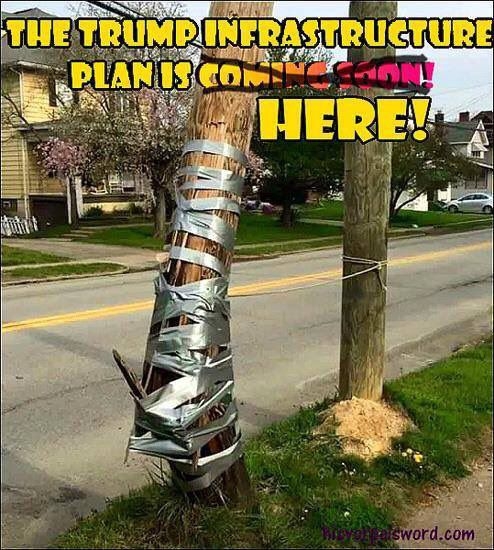danielpalos
Diamond Member
- Banned
- #81
i haven't looked into that much detail. I think we need to wait for the analysis to discover the point(s) of failure.gender coincidence or gender conspiracy? it isn't like guys have never had Any accidents.
I'm sure men have designed faulty bridges also. But they were hired on merit not because they were men.


